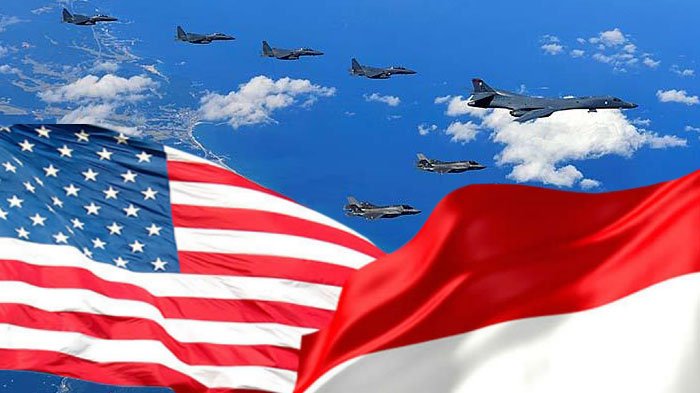Behind the 19% Deal: Indonesia-US Trade Negotiation Drama
Imagine the negotiation table in Washington D.C., mid-July 2025. On one side, a tense Indonesian delegation led by Coordinating Minister Airlangga Hartarto. On the other, a serious US delegation armed with a long list of demands and tariff threats enough to shake any exporter.
The US was ready to pull the trigger: a 32% tariff on Indonesian exports like textiles, footwear, rubber, and palm oil. For many Indonesian industries, this wasn’t just a number—it was an existential threat.
But after two tense days, good news broke: a deal was reached. The tariff was reduced to 19%.
💡 What’s in the Deal?
-
The US agrees to lower tariffs to 19%.
-
Indonesia commits to:
-
Purchasing USD 15 billion in US energy (oil & LNG),
-
Buying USD 4.5 billion in US agricultural products, and
-
Ordering 50 Boeing aircraft, including 777s.
-
-
The US gets unrestricted access to the Indonesian market, free of tariff and non-tariff barriers.
Sources like Reuters, Financial Times, and ASEAN Briefing call this a strategic trade compromise. But what does it mean for everyday Indonesians and businesses?
⚖ The Benefits: A Lifeline for Indonesian Exports
-
Avoiding the 32% Cliff
-
That 13% difference could mean survival or collapse for many exporters. This is a huge relief.
-
-
Indonesia Becomes ASEAN’s Star
-
At 19%, Indonesia is more competitive than Vietnam (20%), Thailand (30%), or Malaysia (25%). Key exports like palm oil, rubber, and textiles now have room to grow.
-
-
Positive Economic Signals
-
The stock market jumped, the rupiah strengthened, and Bank Indonesia even cut interest rates. A much-needed boost in a time of global uncertainty.
-
-
Cheaper Access to US Goods
-
For downstream industries, this means cheaper and faster agricultural and energy imports—boosting local efficiency.
-
🧨 The Challenges: Don't Celebrate Too Soon
-
19% Is Still Costly
-
This isn't a massive discount. For small businesses, 19% is still a burden. Products from China or Vietnam (FTA routes) remain cheaper.
-
-
Free Entry for US Goods
-
US products enter freely—no tariffs, no quotas, no local standards (SNI). Can local MSMEs compete?
-
-
Purchase Commitments = Hidden Debt?
-
50 Boeing jets is no small promise. If unrealized, Indonesia may face diplomatic backlash.
-
-
Growing Dependency on the US Market
-
The deeper the ties, the more fragile the relationship. What happens if political shifts trigger another tariff hike?
-
🧭 Where Does PLB Come In? (Bonded Logistics Center)
Let’s go behind the scenes. One silent hero might just be Indonesia’s PLB (Pusat Logistik Berikat):
🔄 1. Export Efficiency Buffer
PLB allows companies to store export goods in a duty-free zone before shipment—useful for dealing with price fluctuations and demand surges.
Example: A West Java footwear manufacturer uses PLB to store products. When US demand spikes, goods ship immediately—fast, efficient, low-cost.
🧱 2. Strategic Shield Against Tariffs
If tariffs change, PLB enables flexible redirection to other countries or delayed exports—protecting margins.
🔁 3. Repackaging & Re-Export Hub
Many US-bound products need re-labeling or quality checks. PLB handles this without customs duty—a major cost-saver.
🌏 4. Regional ASEAN Logistics Hub
PLB can be transformed into a hub for US products entering ASEAN. Goods come to Indonesia, are processed, then shipped regionally—boosting Indonesia’s global value chain role.
🏁 Closing: It’s Not Just About Tariffs, It’s About Strategy
The 19% deal isn’t the end—it’s the start of a new game. Trade resilience, logistics efficiency, and smart policy will set winners apart.
PLB offers the tools to:
-
Protect export margins,
-
Reduce logistics burdens,
-
Enable agility amid uncertainty.
In this global logistics game, it’s not the fastest who wins, but the most prepared.
